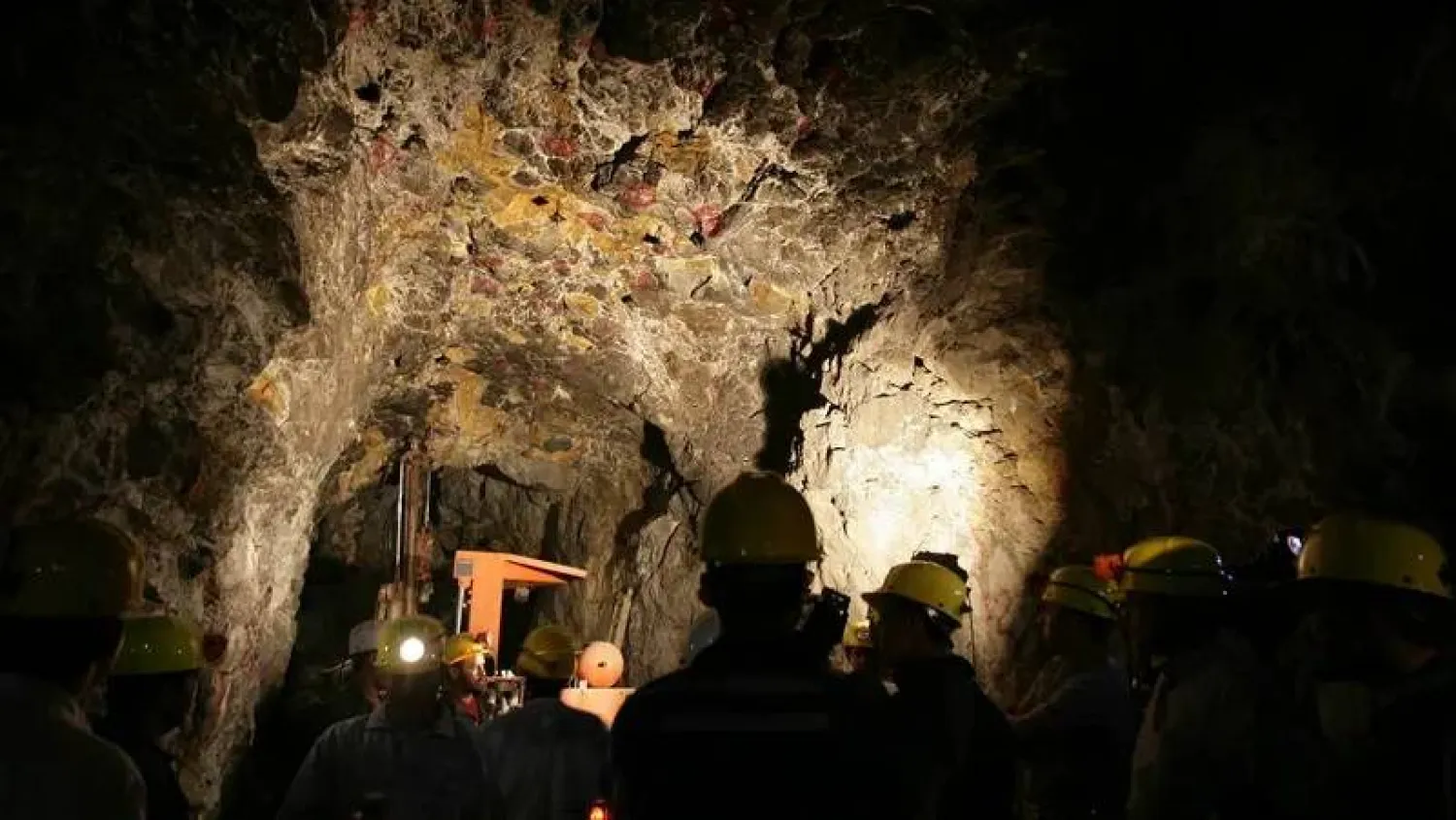The Gulf Cooperation Council Interconnection Authority (GCCIA) signed five contracts worth $220 million with the companies implementing the electricity interconnection project between the Gulf states and Iraq.
The Authority will construct lines of 295 km from the al-Wafra station in Kuwait to the al-Faw station in southern Iraq to transfer 500 megawatts in the first phase, with a total of 1,800 megawatts, according to the Authority.
The project includes supplying and installing circuit breakers, electrical reactors, and measurement and control systems for the construction and expansion of substations in al-Wafra and al-Faw.
It also includes consulting services for preparing environmental and social studies and supervision of implementation.
The project would contribute to the supply of electricity to the Southern Region Electricity Network and support the demand for electricity in Basra.
It also lays the foundations for the future exchange and trade of electric energy between the Gulf state and Iraq under the umbrella of a regional and Arab electricity market to ensure the sustainability of electric power.
The contracts were signed by the CEO of the Authority, Ahmed al-Ibrahim, with representatives of companies approved to implement the project at the GCCIA in Dammam.
Ibrahim confirmed that the project would boost the electricity cooperation with Iraq and that the Authority would adopt expansion projects for the interconnection network aimed at increasing energy reliability in the Gulf network.
The project represents outstanding opportunities for energy exchange with Iraq, especially in light of the increase in the capacity of the electrical connection to achieve economical operation, especially in the summer, said Ibrahim.
He also explained that it would increase the network's security and stability, reduce interruptions, and contribute to meeting part of the demand.
Iraq signed an agreement to connect its power grid to the GCC interconnection grid in July 2022, on the sidelines of the Jeddah Security and Development Summit, under the directives of Gulf leaders to consolidate cooperation and partnership between the countries of the Cooperation Council and the Republic of Iraq.
The project will be funded by the Kuwait Fund for Arab Economic Development (KFAED) and the Qatar Fund for Development (QFFD), which also signed a financing agreement with GCCIA.







